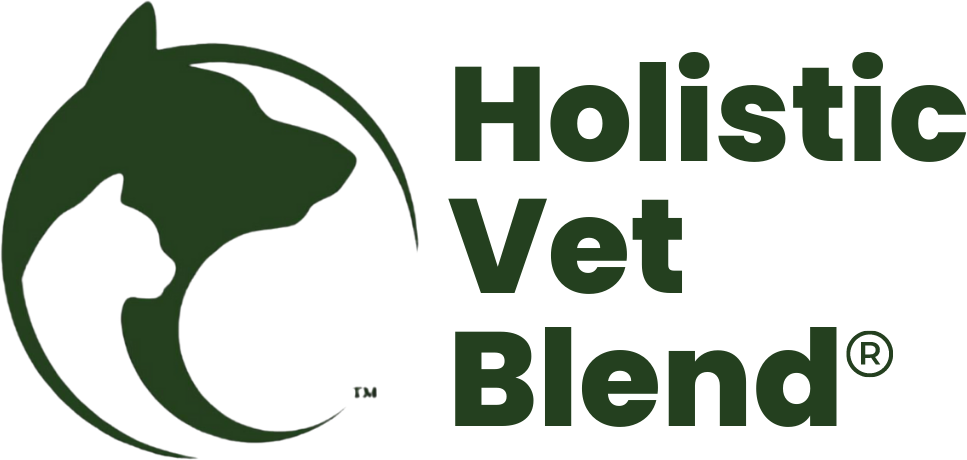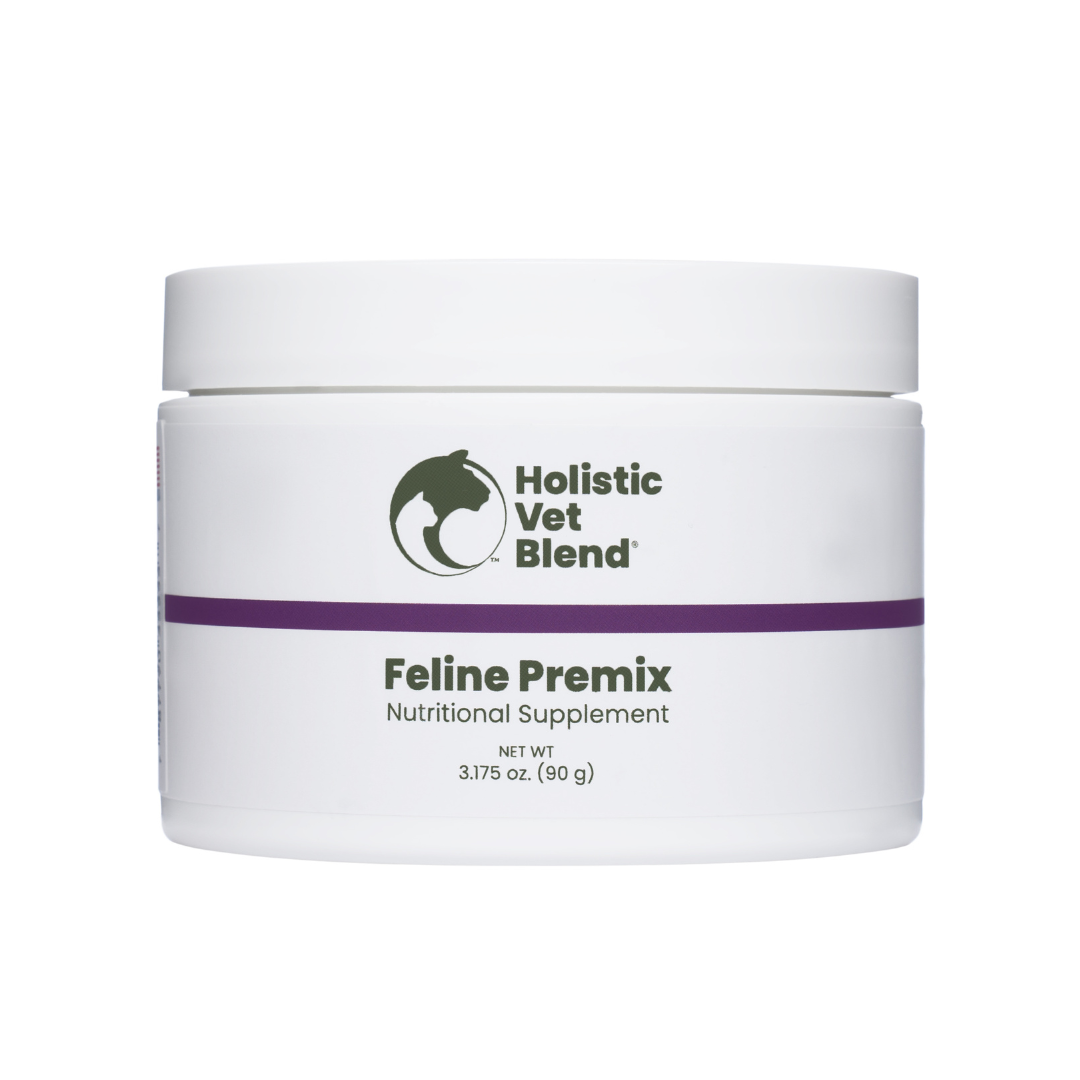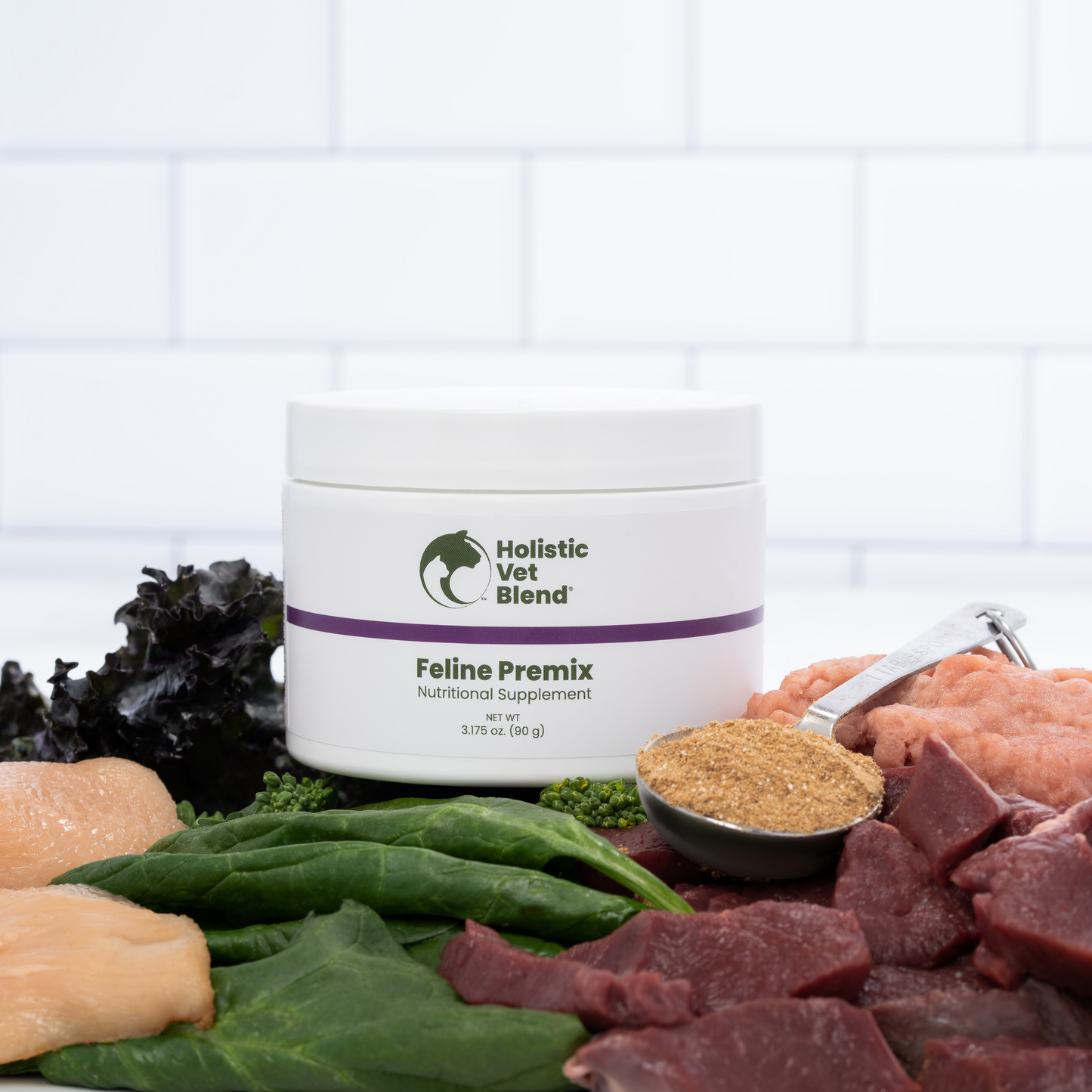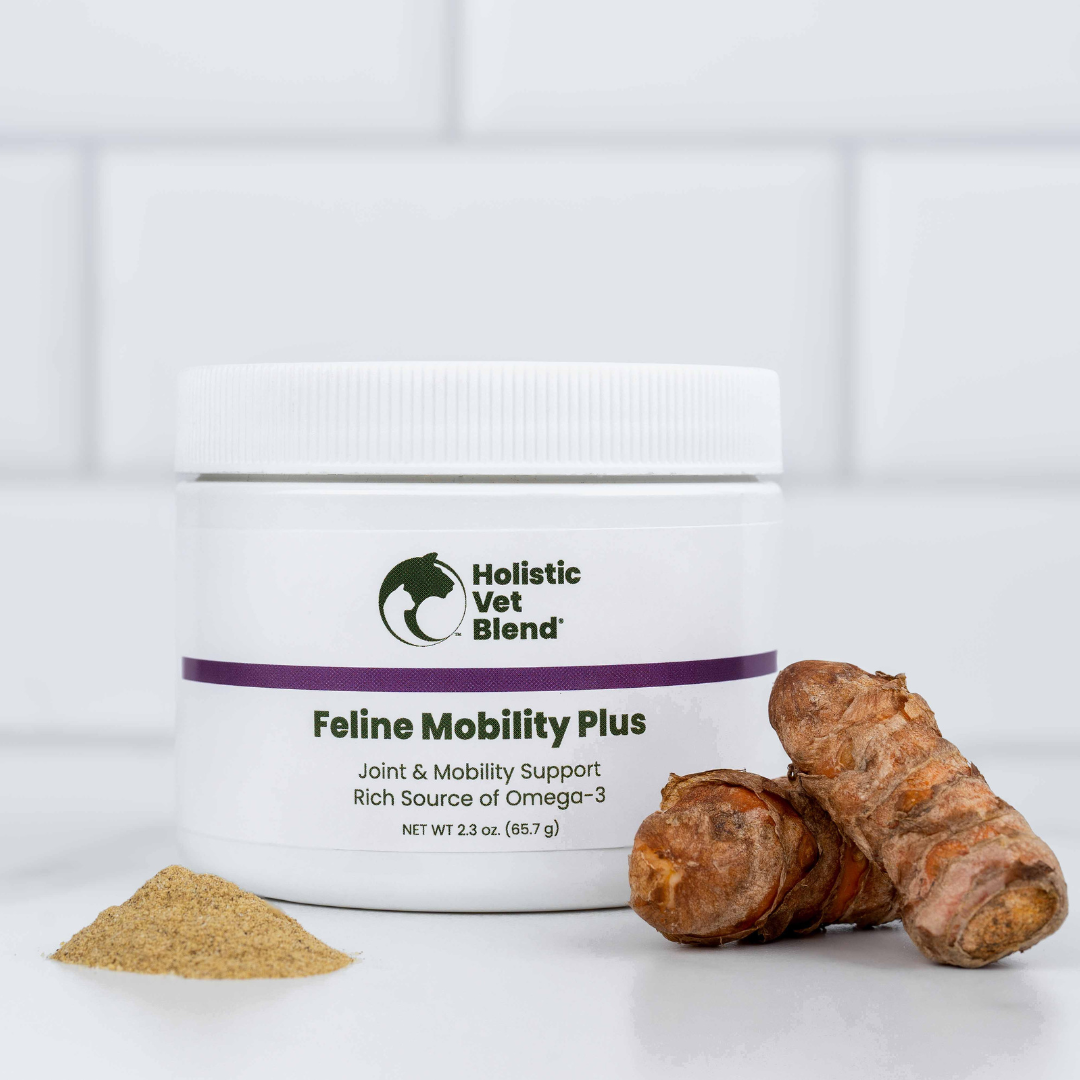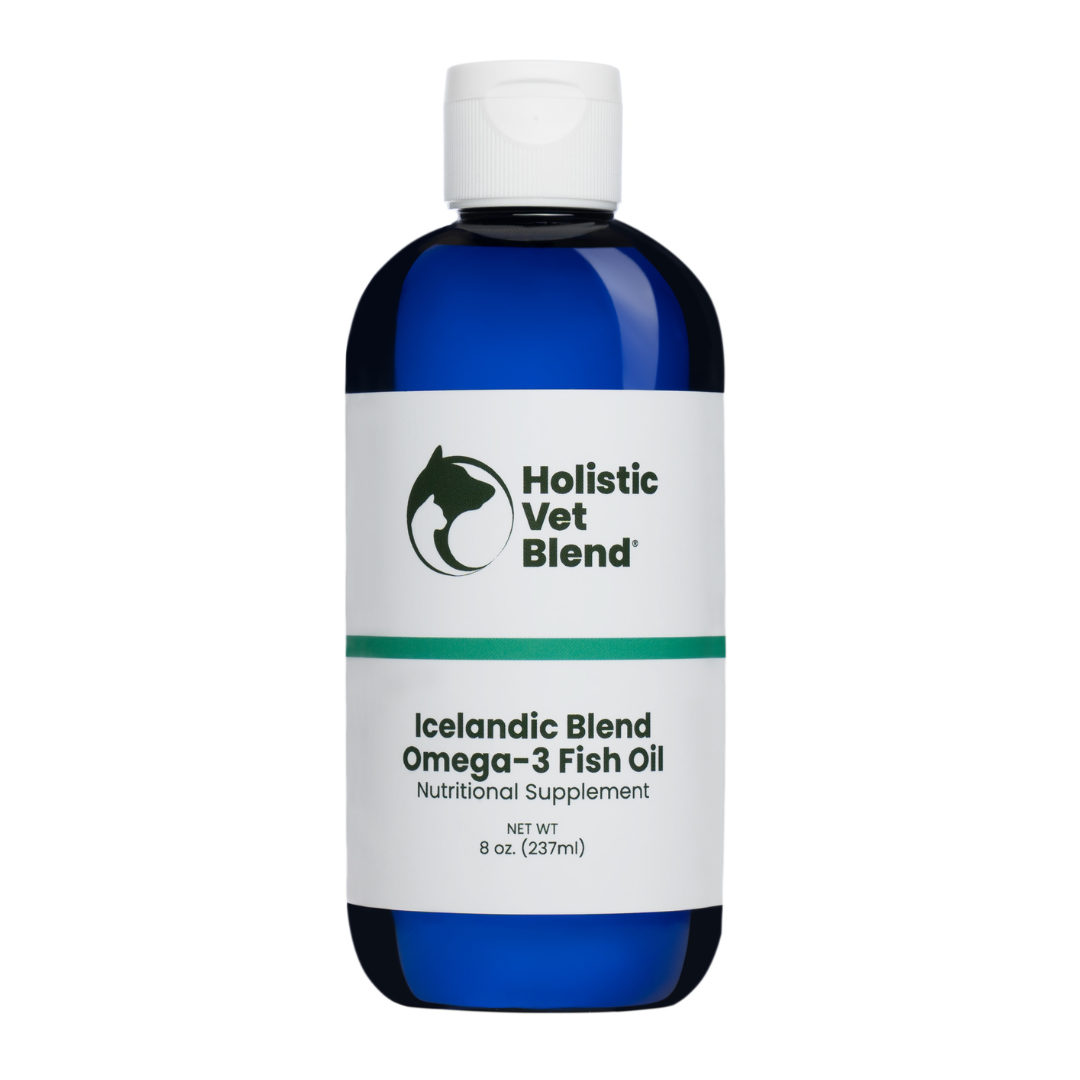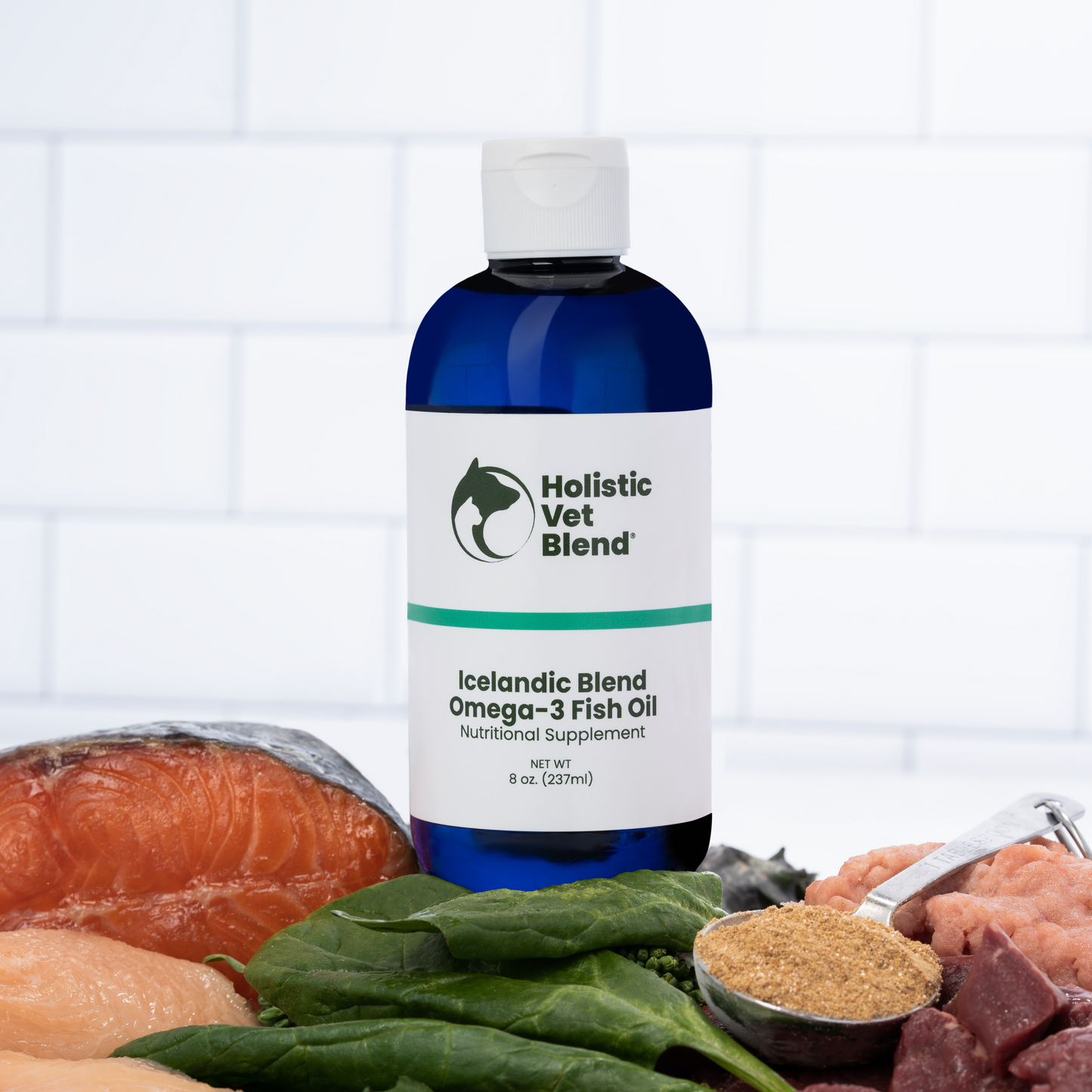
Key Highlights
- Sensory enrichment is crucial for senior dogs to keep them mentally and physically stimulated.
- Activities like car rides, gentle massages, and scent trails engage their senses and bring joy.
- Providing a variety of textures, sounds, and smells can enrich their environment and reduce anxiety.
- Adapting activities to their specific needs, like hearing loss or diminished sight, is essential.
- Sensory enrichment contributes to their cognitive health, happiness, and overall well-being.
Introduction
As our dogs get older, we need to give them fun activities that fit their new needs. Sensory enrichment is key. It helps keep senior dogs' minds sharp, their emotions steady, and their bodies active. By reaching out to their senses, we can improve their lives and build a stronger connection with them. Age-appropriate enrichment is crucial, as senior dogs have different needs and physical abilities than adolescent dogs and puppies. It is important to tailor different types of enrichment activities, such as puzzle feeders and enrichment toys, to each dog's preferences, needs, and abilities, promoting positive behaviour and overall well-being. Agility, brain games, and other forms of enrichment provide numerous benefits for senior dogs, including improved cognitive function, physical activity, and emotional stability. These benefits of enrichment are essential for keeping senior dogs happy and healthy, as they are incredibly social creatures that thrive on interaction and play. By incorporating different enrichment activities into your senior dog's routine, you can strengthen your bond and promote their overall well-being. Be sure to check out our DIY canine toys for some creative inspiration!
10 Sensory Enrichment Activities for Aging Dogs
Sensory enrichment is a great way to keep senior dogs mentally active and happy. It focuses on their senses of smell, touch, taste, sight, and hearing. This can help keep them engaged and entertained. A happy dog often leads to a healthier life.
Here are ten sensory enrichment ideas for senior dogs that will bring them joy:
1. Joyful Journeys: Car Rides and Puppuccinos
Who doesn't enjoy a fun trip with their furry best friend? For older dogs, car rides are a great way to provide sensory enrichment. The wind in their fur, the sights passing by, and the new smells make it a stimulating time.
To make the outing even better, stop at a pet-friendly café and get your senior dog a puppuccino. The thrill of the trip, along with a tasty treat, makes a positive and memorable day for your dog.
Always keep car rides short and comfy. Also, make sure your senior dog is safe during the ride.
2. Stroller Adventures with Sniff Breaks for Social Enrichment
If your older dog has trouble moving, using a stroller can be a great way to give them fresh air and some mental stimulation. The gentle ride and changing views allow them to explore.
While you stroll, make sure to let your dog have plenty of sniffing breaks. Dogs learn about the world mainly through their noses, and these sniffing times provide good mental exercise. You can also bring a snuffle mat filled with tasty treats to add more enrichment.
Be sure to pick a comfy and strong stroller made for dogs. Always focus on your senior dog's safety and comfort during your time out.
3. Calming Massages with Lavender
Gentle massages are good for older dogs. They help the body and make dogs feel calm. When you touch them, it releases good feelings that help them relax and feel less anxious.
Try using lavender oil or lotion. The smell of lavender helps dogs relax even more. Focus on massaging their back, shoulders, and legs. Notice any spots where they feel tense.
Also, make a peaceful setting with soft lights and calm music. This can make the massage even better for your furry friend.
4. Backyard Scent Trails and Treat Hunts
Engage your senior dog's natural skills by creating scent trails and treat hunts in your backyard. This fun activity offers both mental exercise and physical exercise. It helps keep their minds sharp and bodies active.
You can hide treats or toys around the yard. Let your dog use their strong sense of smell to find them. Begin by hiding them in easy places. As your dog gets better at the game, make it harder for them.
This is a great way to encourage them to move, use their senses, and build a stronger bond between you and your furry friend.
5. Gentle Grooming: Brushing with a Soft Hand
For many older dogs, grooming can be a nice and calming experience. It gives them a good feeling, similar to being petted. The soft brushing helps release happy hormones, which can make them feel good.
Use a soft brush and be gentle during grooming. Talk softly and give praise. This will make the time together enjoyable for your older dog.
Grooming regularly not only keeps their coat healthy but also helps you connect with your dog and show your love for them.
6. Discovering New Safe Spaces for Exploration
Senior dogs may not be able to be as active as younger dogs. However, taking them to new places can be really good for them. You can bring them to a new park, a pet-friendly store, or even a friend's house.
Make sure the place is safe and cozy for your senior dog. There should be spots for them to rest and stay cool if they need to. Seeing and smelling new things can give them great mental stimulation. It keeps them engaged with the world.
Exploring new spaces can also help stop boredom and reduce memory issues. This makes it a great activity for older dogs.
7. Social Treats: Visiting Pet-Friendly Cafés
Socialization is key for dogs, no matter their age, including older ones. Going to pet-friendly cafés lets your senior dog meet other people and dogs in a safe setting.
The sights, sounds, and smells at a café can be fun for dogs, and many places have special treats for them. Find a café that is calm and has enough room for dogs to move freely.
Keep an eye on your senior dog's body language and how they act. This way, you can make sure they are comfortable and having a good time.
8. Holistic Meals, Kongs, and Lick Mats Treats: Crafting Dog-Friendly Dishes
Food enrichment is more than just putting kibble in a bowl. It can make mealtime a fun experience for your senior dog. You can do this by adding new and tasty flavors that excite their taste buds.
You could also use a lick mat to stimulate their taste buds.
Always check that any new food is safe for dogs. If your senior dog has any diet issues or allergies, it’s a good idea to talk to your veterinarian.
9. Engaging Nose Work: Hiding Treats in Boxes
Nose work is a great activity that gives your dog mental stimulation. It connects to their natural instinct to sniff and explore. Start by hiding treats inside cardboard boxes. This allows your senior dog to use its sense of smell to find them.
You can make it a little harder over time. Use different boxes, hide the treats in various rooms, or even set up a special scent work course. Nose work also helps to boost your dog's confidence and deepens the bond between you and your pet.
It's a fun and rewarding way for dogs of all ages and skills, including senior dogs, to stay engaged and happy.
10. DIY Agility Obstacle Course Fun with Rewards
Create a small obstacle course in your backyard or living room. You can use common items like blankets, pillows, chairs, and boxes. Help your senior dog go through the course, giving treats and praise for their hard work.
Make sure the obstacles are low and easy to get over. This is important for senior dogs who have trouble moving. The aim is to keep them mentally and physically active while making it enjoyable and rewarding.
Obstacle courses can help with their problem-solving skills. They also encourage them to move around and feel proud when they finish the course.
The Importance of Sensory Enrichment for Senior Dogs
Sensory enrichment is important for senior dogs. It does more than just keep them busy; it supports their brain health, mood, and overall happiness. When we engage their senses, we can slow down mental decline, lessen anxiety and boredom, and help them relax.
Like people, dogs need stimulation to feel good. Sensory enrichment gives senior dogs a sense of purpose. It helps them feel more linked to their surroundings.
Promoting Cognitive Health and Dementia Prevention
As dogs grow older, their thinking skills can get worse. But playing brain games and doing sensory activities can help slow this down. These activities can even help prevent or delay dementia. Like people, dogs need mental exercise, and sensory enrichment is a fun way to keep their minds active.
Using puzzle feeders, playing scent games, and trying new experiences can challenge their brains. This helps create new pathways in the brain and improves their memory. By boosting their senses and giving them mental challenges, we can support our older dogs in staying mentally healthy.
Adding brain games and sensory enrichment to their daily routine can really improve their overall well-being.
Benefits of Sensory Stimuli in Aging Dogs
Sensory stimuli help aging dogs in many ways. When we use their senses, we can make their environment better and boost their health. The sense of smell is very strong in dogs. Activities like scent games and snuffle mats can provide good mental stimulation and enrichment for them.
In the same way, giving them different textures, like soft blankets, various walking surfaces, and toys with unique textures, helps their sense of touch. This can be calming and relaxing for them. It’s also vital for older dogs to have physical exercise through activities such as backyard scent trails or obstacle courses, also known as physical enrichment. These activities not only provide a great outlet for their energy and natural instincts, but also keep them happy and healthy. One great way to combine sensory stimulation and mental exercise is through food-based enrichment, such as using a lick mat or interactive feeders. These options not only provide sensory stimulation but also promote slower eating and can be a fun activity for senior dogs. Additionally, teaching them new tricks through reward-based training classes can also provide mental exercise and improve their relationship with their owner. By using positive reinforcement and rewarding them with treats or praise, you can train your dog to perform tricks such as rolling over, standing on their hind legs, or shaking paws. It's important to consult with a vet about their exercise requirements, as they may change throughout their life and in the event of illness or injury. Incorporating sensory stimuli, such as different textures and food-based enrichment like using toilet paper tubes as treat puzzles, can also provide mental stimulation and improve their overall well-being. As dogs age, it's important to keep their minds active and engaged to prevent cognitive decline. One way to do this is through cognitive enrichment, which can stimulate a dog's mind and keep them mentally sharp. One brand that offers a variety of dog puzzle toys for mental stimulation is Outward Hound by Nina Ottosson. These toys are like Sudoku for your pup, providing a fun and rewarding brain workout that can also help strengthen the bond between you and your dog.
Types of Sensory Enrichment Explained
Sensory enrichment includes many activities, and knowing the different types can help you meet your senior dog's needs and likes. You can use scent games that spark their natural instincts or choose environmental enrichment that provides mental stimulation. There are so many ways to engage your dog's senses.
Let’s look at some important types of sensory enrichment to understand more.
Scent-Based Activities for Enhanced Smell
Dogs see the world through their noses. Activities that focus on scent connect with their natural instincts. This gives them great mental stimulation. Scent games include hiding treats or toys in your home or yard. These games encourage dogs to use their sense of smell to find their rewards.
Snuffle mats are great for this. They have different folds and pockets where dogs can search for treats. This keeps their minds and bodies active. You can make scent play even better by adding new smells. Dog-safe herbs, like mint or lavender, can provide fun and safe scents.
Always pick scents that are safe for dogs. Use them in moderation. Their sense of smell is much stronger than ours.
Environmental Enrichment for Mental Stimulation
Creating a fun and learning space for your older dog can help them feel better. You can use different textures, like bedding, rugs, and toys. This can catch their attention and make them want to explore.
Bringing in new and interesting things can make their space more exciting. You could give them cardboard boxes to knock over, puzzle feeders to make them think, or a kiddie pool filled with balls for them to play with. This adds something fresh for them to enjoy.
Changing their toys often helps keep their interest. Offering a mix of interactive toys, chew toys, and comfort toys can help them stay busy and keep boredom away.
Tactile Stimulation Through Different Textures for licking and walking on various surfaces
Tactile stimulation is very important for senior dogs. It helps them feel comfortable and engaged. Giving them a mix of textures to explore can make them happy.
You can provide a selection of toys with different textures. Think about soft plush toys, rubber chew toys, and textured balls. You can also add different textures to their living area. Try using soft blankets, textured rugs, or a small patch of grass or a digging box in the yard.
Always choose appropriate toys that fit their size and chewing habits. Watch them while they play to keep them safe.
Implementing Sensory Enrichment in Daily Routines
Adding sensory enrichment activities to your senior dog's daily routine is easy. Just make some small changes. You can use a puzzle feeder for meals. You can include short sniff walks in your daily walks. Offering different toys also helps a lot. These changes can really improve their well-being.
Being consistent is important for sensory enrichment. Try to provide different activities all day. Make sure these activities fit your dog's needs and energy levels.
Easy Integrations for Busy Owners
Even if you are a busy owner, there are easy ways to add sensory enrichment to your senior dog's daily routine. Start mealtimes with a puzzle feeder. You can also scatter their kibble in a snuffle mat to make eating more fun.
Add short sniff walks to your regular walks. This lets your dog explore and sniff as much as they want. Just a few minutes of sniffing can give them good mental stimulation.
At home, give your dog different toys. Change them out often to keep things interesting. You can also do short training sessions or brain games to keep their minds active.
Creating a Sensory-Friendly Home Environment
Creating a comfortable home for your senior dog can really improve their quality of life. Give them soft and safe places to rest, like orthopedic dog beds and cozy areas with soft blankets.
Try to keep loud noises and sudden movements to a minimum. These can scare or upset your dog. Playing calming music or nature sounds can help make a peaceful setting. You might also use dog-safe essential oils, like lavender or chamomile, in an aromatherapy diffuser to help them feel calm.
Keep in mind that a sensory-friendly home meets your senior dog's unique needs and likes.
Overcoming Challenges with Sensory Impairments
Sensory problems, like hearing loss or less ability to see and smell, are often seen in older dogs. But these issues don’t have to stop them from enjoying sensory enrichment. We can adjust activities to meet their needs. This helps keep them interested and active.
It is essential to be patient and kind. Use clear signals and rely on their other senses to improve their experience.
Adapting Activities for Dogs with Hearing Loss
If your older dog has trouble hearing, try activities that use their other senses. Use visual signs, like hand motions and colorful toys, to help with communication. For example, instead of calling them for dinner, you can flash the lights or shine a flashlight.
You can also give them tactile stimulation. Gentle massages, brushing, and toys with different textures can make them feel good and keep them happy. Scent games are fun, too. Hide treats around the house to get them thinking and using their sense of smell.
Always be gentle when you approach them. This helps to prevent scaring them. It's also important to keep them safe and happy.
Modifying Enrichment for Diminished Sight and Smell
For older dogs who have trouble seeing, focus on activities that help their senses of hearing, touch, and smell. Use toys that make sounds, like those that crinkle, squeak, or rattle, to keep them happy.
Give them new textures in their toys and environment to touch. Think about using food puzzles that have strong scents to encourage them to eat.
If their sense of smell is not as strong, try using tasty treats or add wet food to their enrichment toys to make them more appealing.
Success Stories: Sensory Enrichment in Action
Sensory enrichment can change the lives of older dogs. Many success stories show how these activities help their thinking, feelings, and overall happiness. Engaging more can lower their stress and make them feel better.
Let’s look at some true examples that show how sensory enrichment works.
Case Studies of Improved Quality of Life
Case studies show that sensory enrichment can greatly improve the lives of senior dogs. For instance, one dog with anxiety related to aging had much less stress when it added scent work and gentle massage to its routine.
Another study focused on a dog showing early signs of dementia. This dog improved in memory and focus after playing brain games and using puzzle feeders regularly.
These success stories prove that sensory enrichment is not just fun. It is a vital part of care for senior dogs that helps them feel better overall.
Conclusion
In conclusion, sensory enrichment activities are very important for senior dogs. They can help make their lives better. When you involve their senses with different experiences, it promotes their brain health. This can help stop dementia and offer good mental stimulation. These activities also keep them moving and allow them to socialize and think. It’s important to customize these activities for your dog's needs and skills. Adding sensory enrichment to your senior dog's daily life can make them happier, healthier, and more joyful in their later years.
Frequently Asked Questions
What are the signs my senior dog needs sensory enrichment?
Signs that your older dog might need sensory enrichment include changes in their behavior. You might see them sleeping more, being less active, pacing around, feeling anxious, or acting destructively.
How often should I introduce new sensory activities?
Introducing new sensory activities for your dog every few days is a good idea. It helps keep their routine fun and interesting. You can also change their current toys and games to keep them engaged.
Can sensory enrichment help with my dog's anxiety?
Yes, sensory enrichment can help your dog feel better. Calming activities like gentle massage, using lavender scents, and licking mats are good ways to reduce anxiety. They promote relaxation for your dog.
Are there any sensory activities to avoid for senior dogs?
Avoid activities that might stress or hurt your senior dog. It's best not to let them do hard activities. Stay away from loud noises, slippery surfaces, and meeting strange animals.
